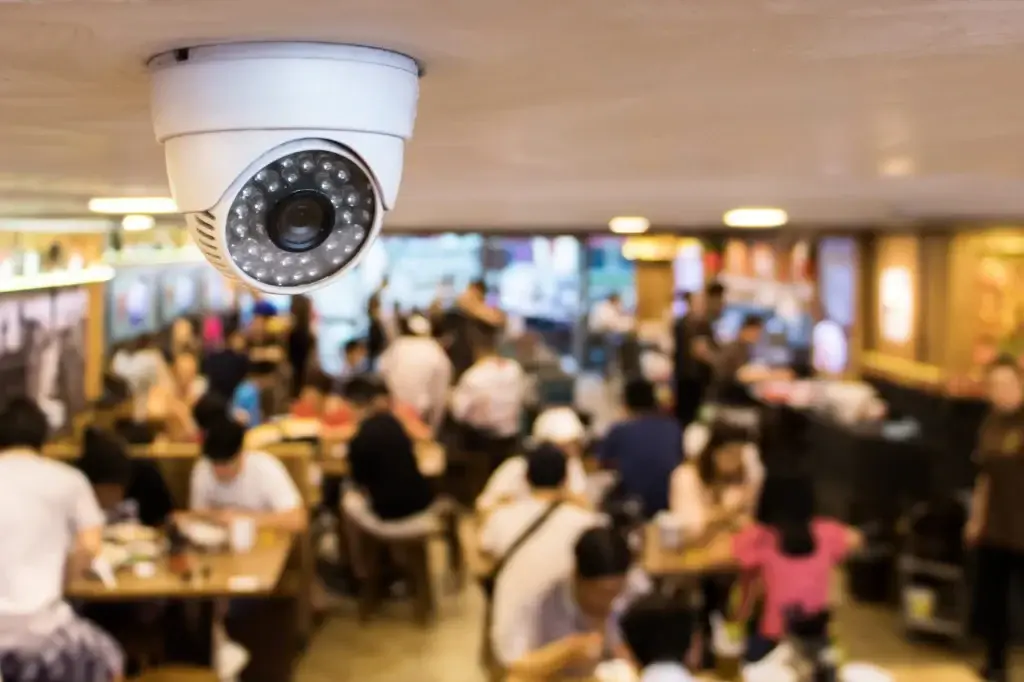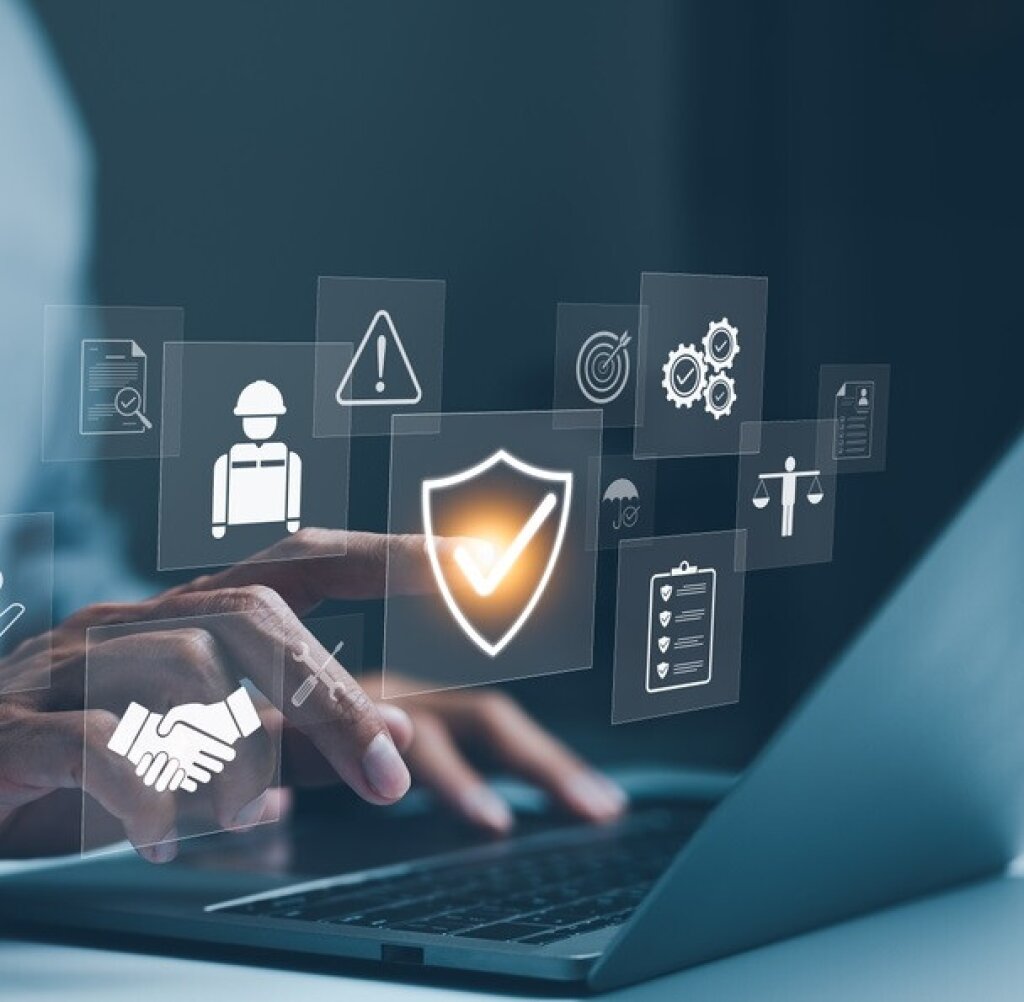Early use of CCTV un the UK
Closed-circuit television (CCTV) in the United Kingdom has a long and evolving history, spanning several decades.
CCTV has a long way to evolve to become today’s real-time feeds through mobile devices and remote monitors; wireless installations with solar-powered batteries; and automated sensors for movement and breach detection.
Live video capture was first used in 1942 in Germany to monitor V-2 rockets. It wasn’t until 1949 that CCTV became available commercially, and soon after it was used in advanced security control by government contractors in the United States.
CCTV arrived in the UK in 1960.
CCTV was not as sophisticated as it is today. No automated sensors, infrared cameras or temperature detection. Early CCTV was live monitoring streamed to monitors with no recording.
Here is an overview of CCTV development in the UK
Early installations 1960s-1970s
CCTV systems and security cameras in the UK have roots dating back to the 1960s and 1970s when they were primarily used for security and surveillance in public areas, transportation hubs, and commercial establishments.
The first large-scale deployment of CCTV in the UK occurred in the early 1960s in London's Trafalgar Square and on London transport, the London Underground, to monitor and enhance public safety.
Expansion in the 1980s
During the 1980s, the use of CCTV systems expanded significantly across the UK, driven by advancements in technology and increasing concerns about crime and public safety.
Local authorities, businesses, and transportation agencies began deploying CCTV systems and security cameras in town centres, shopping precincts, car parks and other public spaces.
Crime prevention and public safety
The primary objective of CCTV systems in the UK has been crime prevention, detection, and public safety.
Studies have shown that the presence of CCTV cameras can act as a deterrent to criminal activity and help law enforcement agencies investigate and prosecute crimes more effectively.
Regulation and legislation
The use of CCTV systems in the UK is subject to various regulations and legislation aimed at protecting the privacy rights of individuals while balancing the need for public safety and security.
The Data Protection Act 1998, the Protection of Freedoms Act 2012 and UK GDPR outline guidelines for the use of CCTV cameras, including signage requirements, data retention policies and access rights.
Integration with technology
With advancements in digital technology and networking infrastructure, CCTV systems in the UK have evolved from analogue to digital formats that enable higher-resolution imaging, remote monitoring, and data analytics capabilities.
CCTV development noticed by public
Modern CCTV systems often incorporate features such as facial recognition, automatic number plate recognition (ANPR), and video analytics to enhance their effectiveness in crime prevention and detection.
Public debate and concerns
The widespread deployment of CCTV cameras in the UK has sparked agencies and private entities debates about privacy, civil liberties, and the potential for surveillance abuse. Critics argue that pervasive surveillance may lead to a "Big Brother" society and raise concerns about the misuse of surveillance data by goverExpansion in public spaces
In recent years, there has been a continued expansion of CCTV systems in public spaces across the UK, including city centres, transportation networks, and residential areas.
Local authorities and law enforcement agencies collaborate with private entities to install and manage CCTV cameras as part of comprehensive crime prevention strategies.
Overall, CCTV has become an integral component of the UK's security infrastructure and plays a significant role in crime deterrence, public safety, and law enforcement efforts which, at the same time, raise important ethical and legal considerations regarding privacy and surveillance.
The digital CCTV era
In November 2020, it was reported that the number of CCTV cameras in the UK reached 5.2 million.
The advances in CCTV and data storage technologies that protect our lives collided with privacy rights issues to the extent that legislation became necessary and inevitable.
When digital technology became mainstream in the early 2000s, CCTV changed forever. DVRs (digital video recorders) were faster and had greater storage capacity, and provided better image quality. Multiplexers could be built into CCTV systems, which reduced installation times and simplified management.
Also, digital footage eliminates the need for tapes and is far more accessible.
Pricing is also a significant factor as digital technology costs have tumbled over time. Today it is widely accessible and affordable for private homes as well as commercial enterprises and small businesses.
In 2022, innovations include NVRs (network video recorders) that incorporate video processing and encoding capacity within the camera itself, which means footage can be streamed for viewing or recording remotely.
Ever-present CCTV privacy concerns
The huge growth in the number of CCTV cameras and the advances in their capabilities have caused people around the world to become concerned about their privacy.
In Hong Kong in 2019 protesters fought to stay anonymous and destroyed 900 CCTV cameras. In the UK, Big Brother Watch campaigns continuously against intrusion.
Widespread data collection is not going to stop. People will continue to protest against potential data misuse. And knowing that data is stored, people will increasingly ask for access to what is being stored.
Risks to CCTV data-holding organisations
People have the right to request and see data held on them, which includes CCTV footage. When fulfilling a subject access request the data control must redact (mask) all but the subject.
There has been an increase in the strategic use of subject access requests (SARs) by members of the public and employees.
A recent change in requestor behaviour reveals that people are not just making inquisitive data requests; the requests are backdrops to a grievance or the early stages of litigation.
ICO fines for privacy breaches are to some extent a ‘red herring’. The greater risk to data-holders is in the cost of getting a SAR wrong and the high cost of the subsequent litigation.
The more focused the SAR, the easier it is to respond quickly and comprehensively. However, complex SARs can involve requests for significant amounts of video data held in various locations, including archives.
Data privacy processing can therefore cost tens of thousands of pounds, which makes it imperative to invest in SAR protocols.
Conclusion: Eliminate potential for CCTV SAR errors
From the point of view of litigation, the risk of data being handed over that ought not to have been disclosed is potentially more costly than the imposition of fines.
The greatest risks of a SAR are the administrative burdens, especially when data-holders do not have efficient resources in-house.
Facit’s video redaction solution, Identity Cloak, enables organisations to take full in-house control of video data privacy processing, to eliminate the risk of disclosing data unintentionally and reduce the costs of compliance administration.
CCTV has many positive effects, whether it be deterring criminals, recording crime, securing your premises, and of course, protecting your staff along with your assets.




